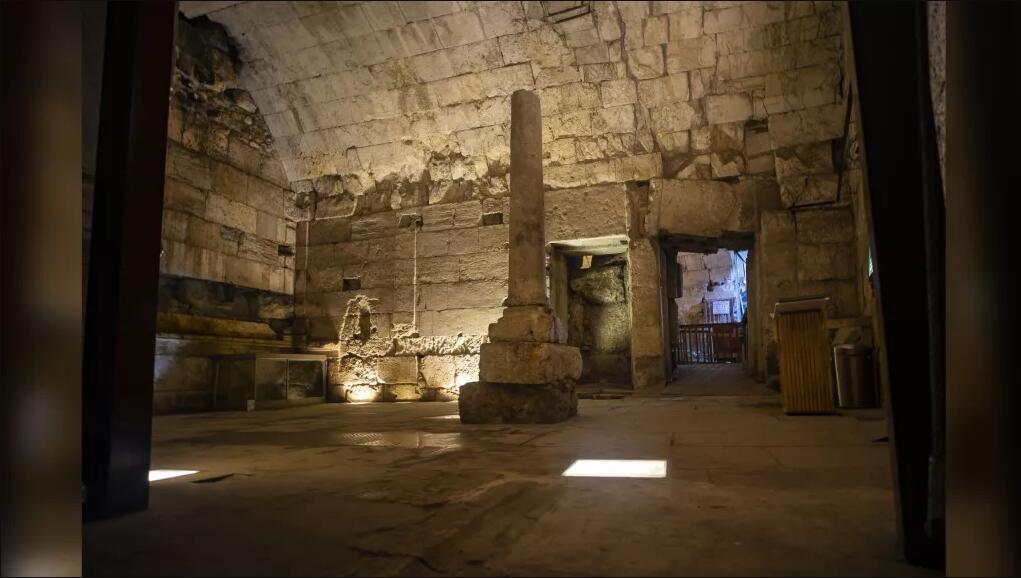Information
Magnificent Roman-era building unearthed under Israel's Western Wall
The remains of part of the West Bank building are seen here. It was likely used as a reception area for local council members before they ascended to the Temple Mount. (Image credit: Photo courtesy Israel Antiquities Authority)
Inside the tunnels beneath the Western Wall in Israel, archaeologists have uncovered the final parts of an elaborate building that may have been used as a reception area for members of Jerusalem's local council and their guests on their journey to Temple Mount.
The building consists of two hallways that were connected by a fountain fed by lead pipes located at the top of Corinthian-style columns, Shlomit Weksler-Bdolach, an archaeologist with the Israel Antiquities Authority, said in a videoannouncing the discovery. Though there is almost no trace left of them today, ornate sofas for reclining likely furnished the halls, archaeologists said.
Archaeologist Charles Warren discovered parts of the building in the 19th century, and several other archaeologists in the 20th century also uncovered parts of it. Over the past few years, archaeologists with the Israel Antiquities Authority and the Western Wall Heritage Foundation have excavated the remainder of the structure, allowing researchers to get a better understanding of what it was used for, Weksler-Bdolach said.
The archaeological team thinks elite individuals would have gathered in this building before ascending to the Temple Mount, the holiest site in Judaism. It's possible that the area was also used for dining, archaeologists said in a statement.
Such reclining dining rooms — where you eat while lying down — were common in the Greek, Hellenistic and Roman worlds from the fifth century B.C. to the third-fourth centuries A.D., according to the statement. "They are known in the archaeological record from private homes, palaces, temples, synagogue complexes and civilian compounds," the statement said. The Hebrew Bible also mentions the use of these rooms for dining, the researchers added.
Archaeological work reveals that the building was constructed sometime between A.D. 20 and A.D. 40, at a time when Israel was under Roman rule. A revolt against the Romans occurred between A.D. 66 and A.D. 73 and resulted in the Roman army sacking Jerusalem and destroying most of the Temple Mount in A.D. 70. The building seems to have been abandoned sometime before the Temple Mount was destroyed, the archaeologists said. After the building went out of use, a plaster pool that was likely used for ritual purification was constructed in the remains of the building, archaeologists said in the statement.
A series of routes will allow tourists to visit this ancient building and other remains in the Western Wall tunnels, the statement said.
Originally published on Live Science.
Category: English
News
Information
Key words:

